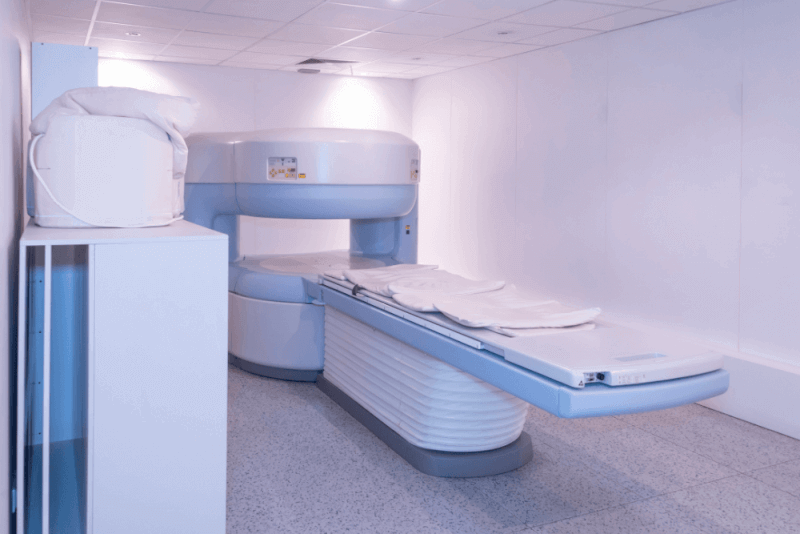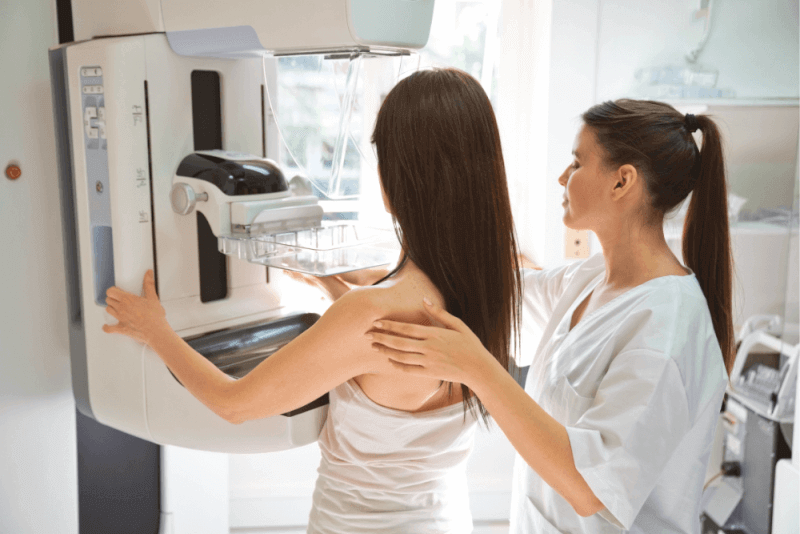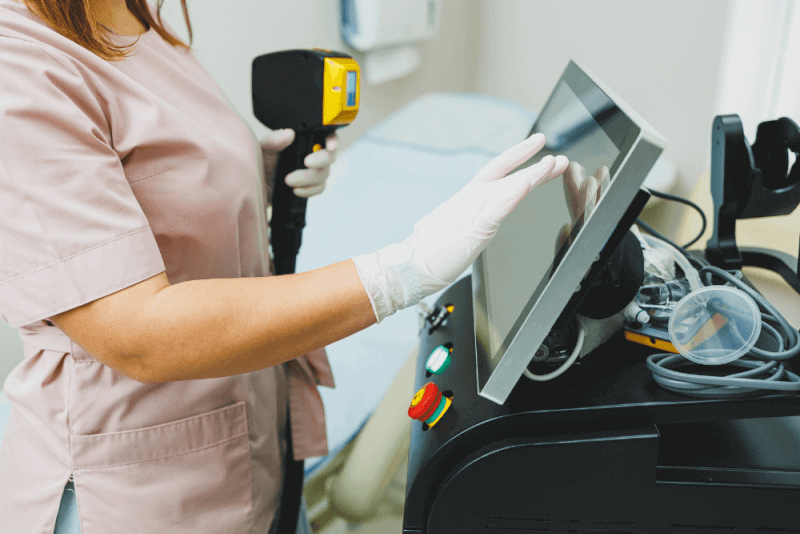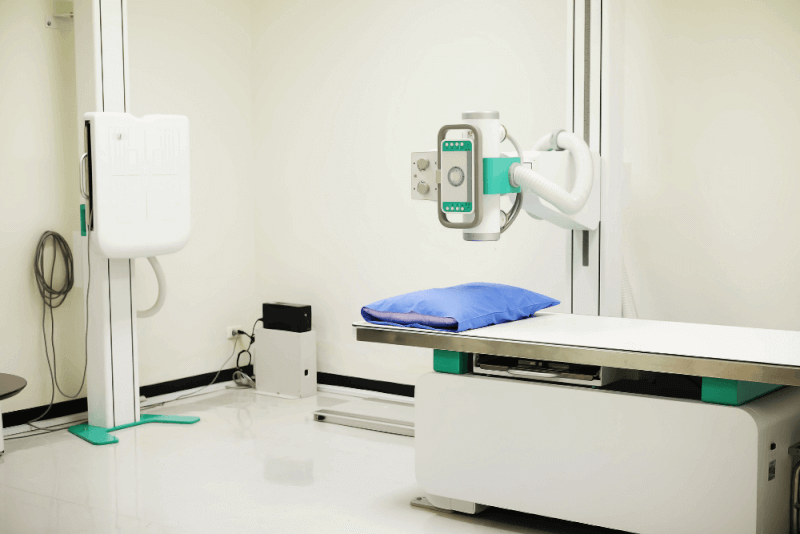30-Second Summary
- Computerized tomography (CT), a type of imaging test, shows the structures inside the body, just like X-rays. However, unlike X-rays, it provides hundreds of images rather than just creating a two-dimensional image.
- The test is usually performed with patients lying on a bed-like table on their back. If a contrast-enhanced CT is being performed, a contrast agent is injected into the patient's veins prior to the procedure.
- Sedative medications may be required to ensure that infants or young children remain still during the imaging.
- After the procedure, patients can return to their daily activities. In contrast-enhanced imaging, patients should rest for a period to feel better. Drinking plenty of water is necessary to help expel the contrast agent from the body.
What is Computed Tomography (CT)?
Computed tomography (CT), one of the imaging tests, shows the structures inside the body, just like an X-ray. However, unlike X-rays, it provides hundreds of images instead of just creating a two-dimensional image. To obtain these images, the machine rotates around the patient while taking pictures using X-rays.
CT is used to obtain results that cannot be obtained from an X-ray. This is because the overlapping structures in the body do not provide enough data and details for an X-ray.
Computed tomography is also known as computerized axial tomography (CAT). Although the names differ, they refer to the same imaging technique.
Why is CT Performed?
CT scanning is used to detect many different issues. Common reasons for its use include the following:
- Certain types of cancer
- Benign tumors
- Bone fractures
- Heart disease
- Blood clots
- Intestinal diseases
- Kidney stones
- Brain injuries
- Spinal cord injuries
- Internal bleeding
How is CT Performed?
The steps for performing a CT scan are as follows:
- The test is generally performed with patients lying on their back on a bed-like table.
- If a contrast-enhanced CT is being performed, a contrast agent is injected into the patient's veins before the procedure.
- After preparations are complete, the table slides into the machine. Patients need to remain still for clear images to be captured.
- Patients are typically asked to hold their breath for 15-20 seconds.
- The specialist takes the required images of the area.
- Once the procedure is finished, the table slides back out.
What Diseases is CT Used For?
CT scans are used for diagnosing the following conditions:
- Bone fractures
- Ulcerative colitis
- Bone tumors
- Inflammatory diseases like sinusitis
- Internal organ injuries
- Kidney stones
- Internal bleeding
- Bladder stones
- Tumors
- Colorectal cancer
- Infections
- Determining cancer stage
- Identifying blood clot locations
- Evaluating treatments such as cancer therapy
- Planning for surgeries
- Cancer
- Visual aid in biopsy
- Heart diseases
- Liver masses
- Lung nodules
What to Consider During a CT Scan?
Before a CT scan, patients may be asked the following depending on the area to be imaged:
- Patients may need to remove some or all of their clothing and wear a hospital gown.
- Metal objects such as belts, jewelry, dentures, and glasses should be removed to avoid affecting the image quality.
- Patients should refrain from eating or drinking a few hours before the scan.
Preparing Children for the Scan
For infants or young children, sedative medications may be required to help them remain still during the imaging. It is recommended to consult specialists to properly prepare children for the procedure.
After the Procedure
After the procedure, patients can return to their normal activities. For scans that use contrast agents, patients should rest to feel better. Additionally, drinking plenty of water is necessary to help expel the contrast agent from the body.
CT Scan Risks
The risks associated with CT scanning include:
Radiation
CT scans involve more radiation than X-rays. However, the radiation used is within safe limits. No long-term harm has been proven with the low-dose radiation used in scans. However, repeated scans may slightly increase the lifetime risk of cancer, with a higher risk in children.
Fetus
It is important to inform the doctor about pregnancy before a scan. There is no risk to the fetus if the scan is not performed on the abdominal or pelvic area.
Contrast Agents
Some CT scans require the use of contrast agents, which may be administered orally, through injection, or via enema. In rare cases, contrast agents can cause medical issues or allergic reactions. Most allergic reactions are mild and cause a rash, though more severe reactions can be life-threatening.







